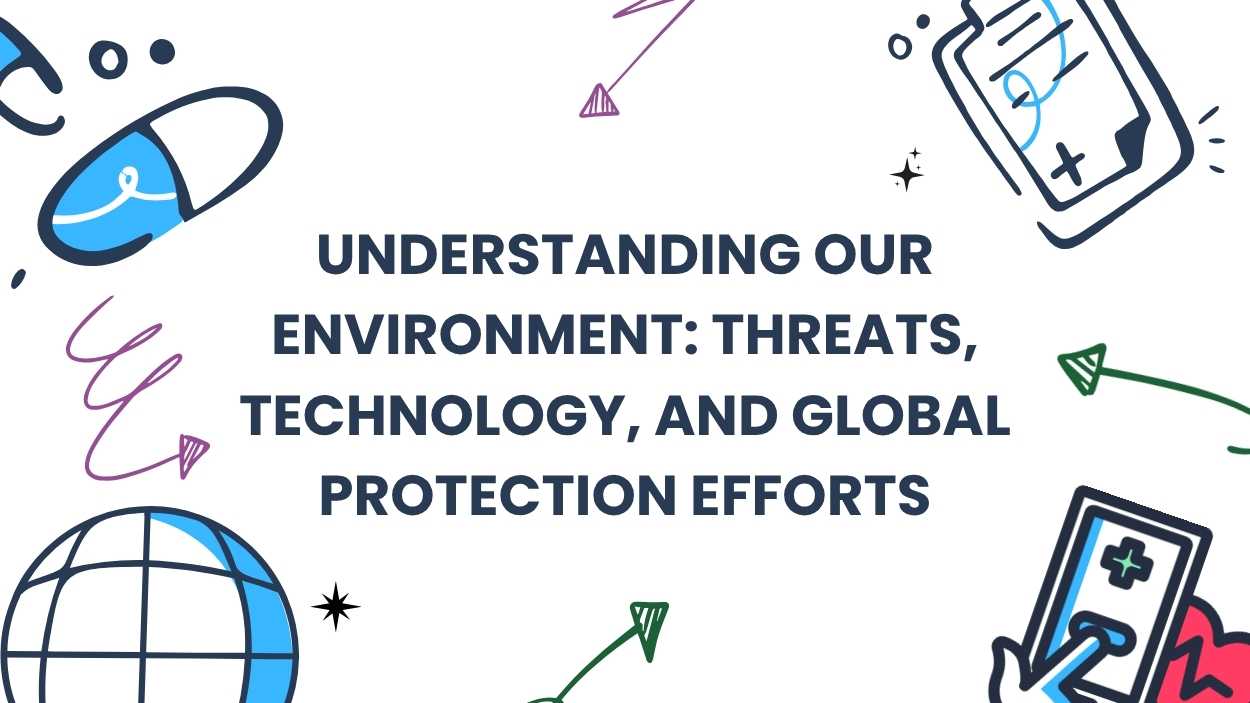We live in an age of near-instantaneous information. A tap, a click, a voice command, and seemingly the entire world is at our fingertips. Yet, the dreaded words “Just a moment…” or the endlessly looping loading icon are becoming increasingly prevalent. This manufactured pause, seemingly insignificant on the surface, has profound implications for our psychology. It’s a subtle reminder that beneath the polished veneer of seamless technology lies a complex web of processes, a system we ultimately don’t control, and which controls us to some extent, even in its moments of ‘inconvenience’. This forced inactivity prompts an unusual dissonance: we expect immediacy, yet we are frequently met with imposed delay, creating a simmering undercurrent of frustration.
The Illusion of Control
This deliberate (or sometimes accidental) introduction of waiting periods within digital interfaces creates a fascinating paradox. While technology ostensibly empowers us, offering unprecedented access and convenience, the ‘just a moment’ screen subtly reveals the limits of that power. We are at the mercy of algorithms, servers, and network connections, passively observing progress bars fill (or not fill) at an indeterminate rate. This relinquishing of control, even for a few seconds, can be surprisingly jarring, especially given our hyper-connected, always-on expectations. The anxiety isn’t just about the wasted time; it’s about the erosion of our perceived autonomy.
The Anxious Mind
Consider the context in which these delays typically occur. We are often multitasking, juggling several digital and real-world demands simultaneously. A stalled webpage or a buffering video disrupts this precarious equilibrium, derailing our train of thought and forcing us to refocus our attention. This forced interruption isn’t merely an annoyance; it triggers a cascade of cognitive processes. We start calculating the potential cost of the delay, estimating the impact on our schedules, and dwelling on the frustration of being unable to proceed. This constant state of hyper-awareness and potential disruption contributes to a general sense of digital anxiety.
The design of these waiting screens also plays a critical role. Bland, minimalist interfaces can exacerbate the feeling of powerlessness, emphasizing the void between our request and the system’s response. Conversely, engaging animations or informative progress updates can mitigate the frustration by providing a sense of movement and reassurance. Developers are increasingly aware of the psychological impact of these moments and are actively seeking ways to transform the dreaded ‘just a moment’ screen into a more positive and engaging user experience, often with mixed results. The key is to provide feedback and transparency, making the waiting period feel less like an arbitrary delay and more like a necessary process.
The Future of Patience
As technology continues to advance and our reliance on it deepens, understanding the psychology of digital waiting will become increasingly crucial. While faster processors and more efficient algorithms will undoubtedly reduce loading times, the fundamental issue of perceived control and the management of expectations will remain. Ultimately, navigating the digital world requires a new kind of patience, one that acknowledges the inherent limitations of technology and embraces the occasional ‘just a moment’ as an opportunity to disconnect, refocus, and appreciate the brief pause in our otherwise frenetic existence. Perhaps these enforced moments of waiting are not entirely negative; they provide a chance to reflect on our digital habits and reconnect with the present moment.













